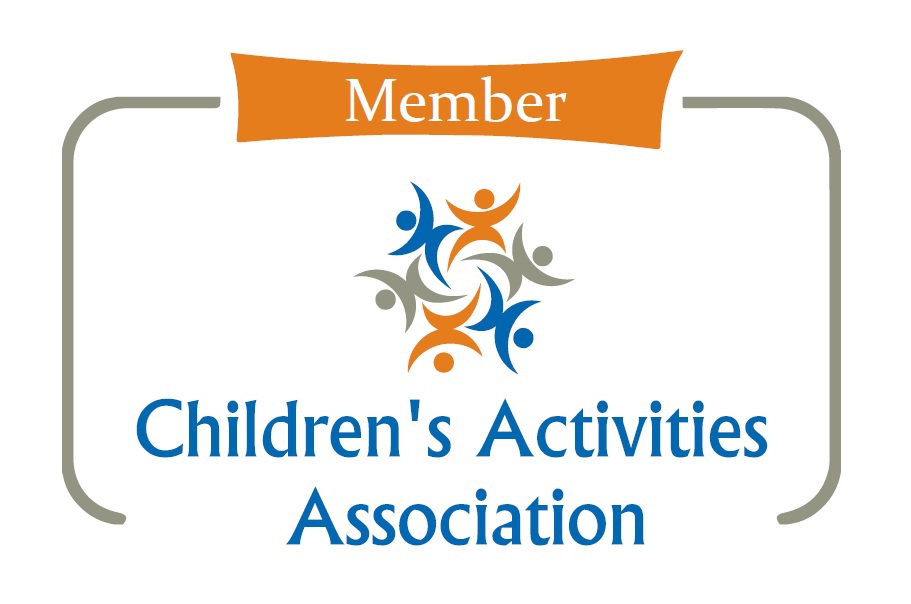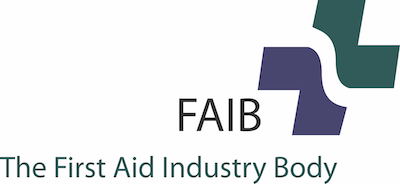April is International Caesarean Awareness month and with 1 in 4 women giving birth via caesarean, we felt it was about time to shine a light on this topic. So in this week’s blog we are going to look at why caesareans happen, what happens during a caesarean and recovery following a caesarean. We’ve also talked to the brilliant Midwife Pip who is a practicing Midwife Sister, Podcaster, Researcher and Mum, who’s given us some fantastic insight into the concept of a gentle caesarean birth.
So why do people have caesareans?
Caesareans are either recommended as a planned (elective) procedure or carried out as an emergency if a vaginal birth is deemed too risky. The reasons caesareans are carried out are:
· The baby is in breech position or transverse position
· Pregnancy-related conditions such as pre-eclampsia
· Certain infections can mean a caesarean is necessary, such as untreated HIV
· A low lying placenta or an abnormally invasive placenta which may get in the way during a vaginal birth
· If there are urgent concerns that your baby is not coping inside the womb
· If a labour is not progressing and there are concerns for you and/ or baby
· Excessive vaginal bleeding during labour
Are you allowed to ask for a caesarean?
The simple answer is yes. If there aren’t medical reasons for this, your midwife or doctor need to explain the benefits and risks of a caesarean birth compared to a vaginal birth with you. If after discussing all the pros and cons you don’t think a vaginal birth is a suitable option for you, you should be offered a planned caesarean.
What happens during a caesarean?
With a planned caesarean, you’ll be given a date to go into hospital, and you can expect to be there for around 4 days. Planned caesareans are usually done from the 39th week of pregnancy.
The majority of caesareans are carried out under spinal or epidural anaesthetic – you’ll be awake, but the lower part of your body is numbed so you don’t feel any pain (the alternative is a general anaesthetic where you’ll be asleep during the procedure, but is only usually used in rare emergency situations).
During the caesarean:
· A screen is placed across your body so you can’t see what’s being done (although see below for a discussion on gentle caesarean)
· A cut of 10-20cm long will usually be made across your lower tummy and womb so baby can be delivered – you’ll feel some tugging and pulling during the procedure but this is totally normal
· You and your birth partner will be able to see and hold your baby straight after delivery if they are well, however, in an emergency situation it may be necessary for the baby to be taken for emergency treatment
A caesarean operation normally takes around 40-50 minutes.
What if I opt for a gentle caesarean birth?
The idea of a gentle caesarean birth is that it mimics some of the processes that occur in a vaginal birth, and this is where Midwife Pip (pictured below) comes in. Pip referred Mini First Aid to her brilliant podcast, where she talks to new mum Amy about the birth of her son Bo.

After an emergency caesarean delivery of her first child, Amy struggled with feelings of her body having “failed” her, and wanted to really consider the experience she hoped to have with the planned caeseran birth of her second child.
Midwife Pip explains that she always tells women to have a “Birth Plan A-Z”, because whilst we might enter labour with a clear image of what we want (eg a waterbirth), this is often not what happens. Pip is on a mission to help women to feel empowered, present and in control during birth, and believes talking to your midwife and medical team about all of the options is essential to a more positive labour experience.
Some of the things you can incorporate in a gentle caesarean birth are:
· Immediate skin to skin contact following birth – if possible, the baby is placed on your chest to allow immediate breastfeeding and bonding. Tests and assessments (if not deemed immediately necessary) can be done later
· Music of your choice and dimmed lights to make the operation feel less “surgical”
· A clear or cut-away curtain so you and your birth partner can watch the baby come out of your womb
· Delayed cord clamping / cutting
· “Walking the baby out” – a technique whereby the baby is helped to make its own way out of the womb via the caesarean incision
Pip is a strong advocate that women should feel confident to have these discussions with their midwives and doctors and recommends writing everything down so you don’t get confused or flustered at your appointments. She says we are conditioned to see birth as “textbook” – a simple, vaginal delivery – and this can lead to lasting feelings of failure or inadequacy if your birth doesn’t work out like this. By considering all the options beforehand and mentally preparing for these different possibilities, we give ourselves the best chance of viewing a birth as “successful” in every way possible.
If you’d like to find out more about gentle caesarean birth, or for more advice about all things pregnancy and post-partum recovery, visit Midwife Pip’s website here.
What about recovery after a caesarean?
Recovery from caesarean surgery does usually take longer than recovering from a vaginal birth.
Whilst in hospital:
· You’ll be given painkillers to reduce any discomfort and pain
· You’ll be helped to get out of bed and move around if this is possible for you
· You’ll have a catheter in your bladder for at least 12 hours
When leaving hospital, make sure you can get a lift or a taxi as you won’t be able to drive. Pack some loose comfy clothing for going home in – a loose dress or jumpsuit might work best as they don’t put pressure on your scar.
Back at home:
· your midwife should advise you on how to look after your wound, which you’ll need to gently clean and dry each day. Look out for signs of infection and report to your midwife as soon as possible
· you can take painkillers if the wound is sore but make sure you take paracetamol or ibuprofen rather than aspirin or codeine if you are breastfeeding
· try and stay mobile with things like gentle walks, as this reduces your risk of blood clots, but don’t over-do it wherever possible
· you might not be able to drive or exercise straight away, and try not to carry anything heavier than your baby. Ask your midwife for advice on when you can pick up your usual routines again
· Don’t forget to check with your car insurance provider on their guidance for driving post caesarean
When might I need to seek medical advice following a caesarean?
Get in touch with your midwife or GP immediately if you experience any of the following symptoms:
· severe pain
· heavy vaginal bleeding
· your wound becomes more red, painful or swollen, or you notice yellowy pus or smelly fluid coming from your wound
· a cough or shortness of breath
· pain or swelling in your lower leg
· leaking urine, or pain when weeing
If I had a caesarean with my first child, does that mean I’ll have to have a caesarean in future pregnancies?
No, not necessarily. Most women can successfully have a vaginal birth after caesarean, also know as a VBAC. You might need a bit of extra monitoring during pregnancy and of course, your medical team will inform you if they think a subsequent caesarean is your safest option.
Hopefully
this has given you a good insight into what is involved in a caesarean birth
and what options you have. Thanks so much to Midwife Pip for her supportive
advice. We hope you agree that this blog was so important – as Pip says, its
best to plan for Plan A through to Z because you never know how your birth
story will go.
Wishing you all the best, Mini First Aid x
Sources: Midwife Pip, NHS UK
Be ready for travel with our Home and Away Bundle!
 Whether you're spending the holidays at home or abroad, you're fully covered with our Home and Away Bundle. Our Mini First Aid kit easily fits into a suitcase to give you peace of mind when travelling, and our Family First Aid kit can be stored in your glove box for all your first aid needs on the go. All this for just £37.99.
Whether you're spending the holidays at home or abroad, you're fully covered with our Home and Away Bundle. Our Mini First Aid kit easily fits into a suitcase to give you peace of mind when travelling, and our Family First Aid kit can be stored in your glove box for all your first aid needs on the go. All this for just £37.99.







